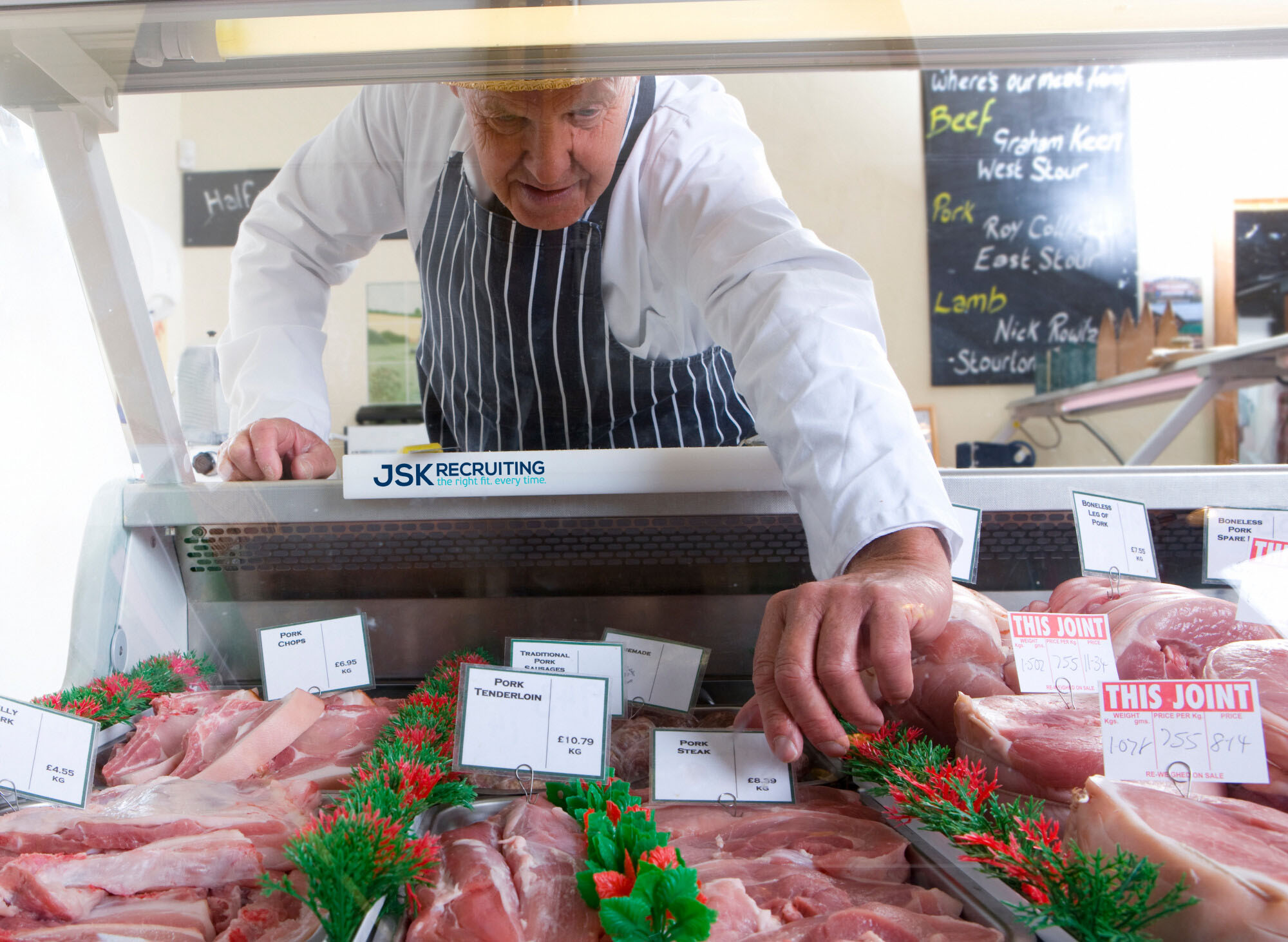How Is Deli Meat Made?
Have you ever wondered how deli meat is made and distributed? Learn what you need to know in this quick guide on the topic.
Deli meat sales have jumped up since the 2020 pandemic. They’re convenient, after all, and an easy way to serve a meal.
That also means it’s a great thing for businesses to capitalize on.
If you’re thinking of expanding your business to deli meat, you’ll want to ensure you know what goes into it. Read on to find out how deli meat is made.
How Is Deli Meat Made?
The specific method of making cold cuts can depend on the type, but there is a general process.
High-quality cuts of meat, such as beef, pork, turkey, or chicken, are selected for making deli meat. The selected meat is trimmed to remove excess fat, connective tissue, and any undesirable parts.
The meat may be marinated or seasoned with a mixture of spices, herbs, salt, sugar, and other flavorings. This step enhances the taste and helps preserve the meat.
The meat is cured to extend its shelf life and improve its texture. There are two main methods of curing. In dry curing, the meat is coated with a mixture of salt and other seasonings, then left to air dry for an extended period. This method is commonly used for making cold cuts like prosciutto or salami.
There’s also wet curing. The meat is immersed in a brine solution containing salt, sugar, and other curing agents. This method is often used for making ham or corned beef.
Depending on the type of deli meat, it may undergo cooking before or after the curing process. For example, ham is typically cooked after curing, while some sausages may be partially cooked before curing.
Some deli meats, like smoked turkey or pastrami, are subjected to a smoking process to add flavor and extend shelf life. Smoking can be done using various types of wood or other smoking agents.
Once the curing, cooking, and smoking processes are complete, the lunch meat is ready for slicing. It is typically sliced thinly using specialized slicing machines, ensuring uniform thickness.
How Is Deli Meat Distributed?
After the deli meat is sliced and processed, it is packaged in suitable containers. Possibilities include vacuum-sealed bags, plastic trays, or deli paper. Packaging is designed to maintain the freshness, quality, and safety of the product during transportation.
Deli meat manufacturers often work with wholesalers or distributors who specialize in handling and distributing food products. These intermediaries purchase large quantities of packaged deli meat from manufacturers. Then, they’re stored in temperature-controlled facilities.
Retailers and food service establishments, such as grocery stores, delis, restaurants, and cafeterias, place orders with wholesalers or distributors based on their specific needs and demand.
The deli meat is delivered to the retailers or food service establishments according to the agreed-upon schedule. Upon delivery, the processed meat is stored appropriately, typically in refrigerated or cold storage areas, to maintain its freshness until it is displayed or used.
Deli Meat: Now You Know
There’s a lot that goes into making and distributing deli meat. If you’re getting into the deli meat business, you’ll want to ensure you have the right staff in place to make sure you’re successful.
Are you looking for more employees for your manufacturing business? Contact JSK Recruiting today.


